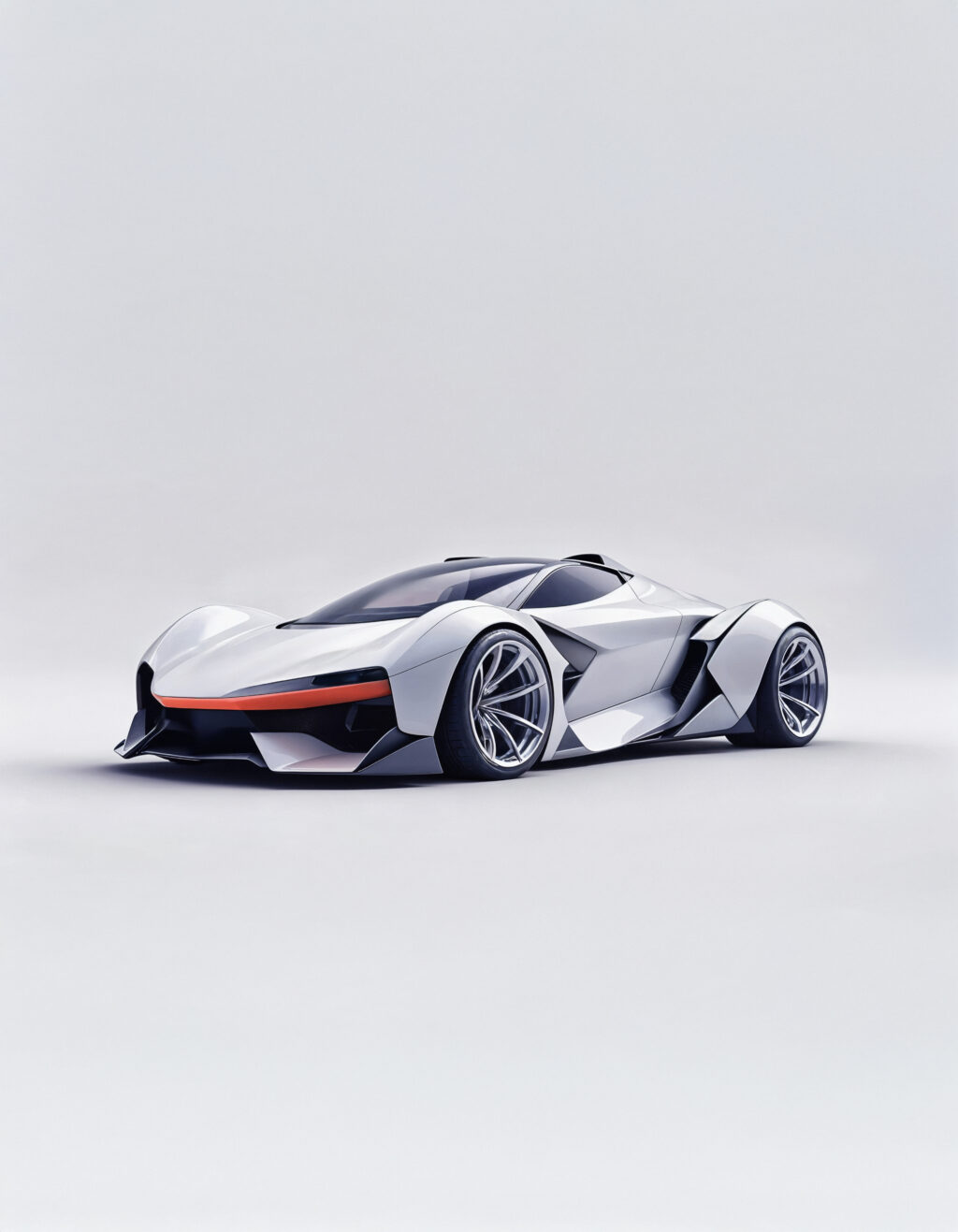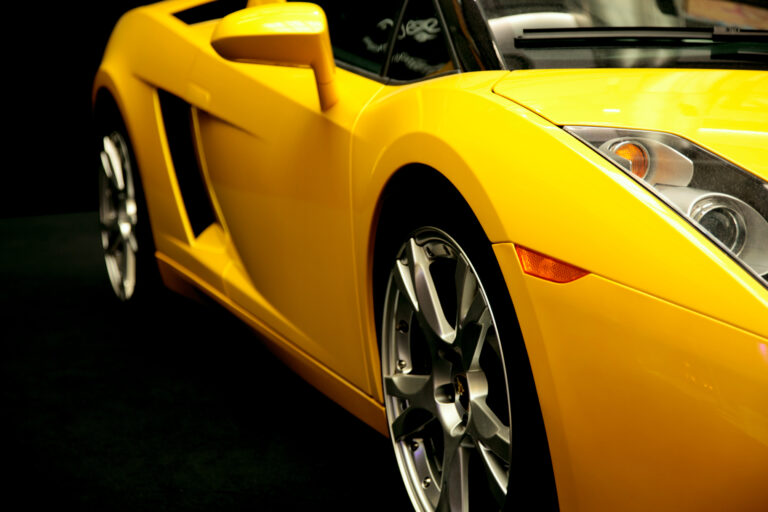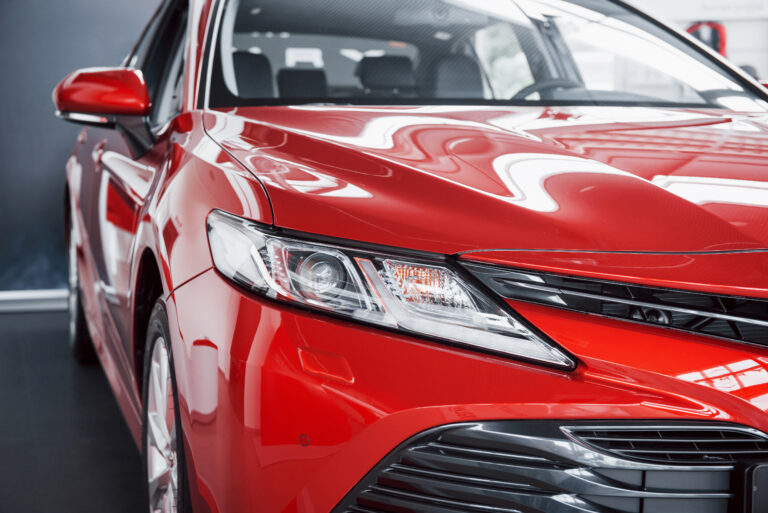
Ferrari F40 White Edition: Ultra-Rare Beauty
With iconic supercars to its name, few have been as long-lived as the Ferrari F40. Designed to help Ferrari celebrate its 40th anniversary, the F40 is a part of automotive history. It is famous as a raw, lightweight, and track-oriented engine. However, when you present this iconic vehicle in the color white, you are taking it to a realm of rare flavors and collector popularity. Ferrari F40 white is not simply a car but a unicorn among all exotic vehicles.
A Quick History of the Ferrari F40 White
The Ferrari F40 was released in 1987, and it was the final automobile that Enzo himself checked out before his death. It was meant to become the most radical road car then. The F40 was a street race car that was powered by a twin-turbocharged V8 engine developing 471 horsepower, had body panels made of carbon fiber, and a simple interior. The Ferrari F40 white was designed to be more about performance as opposed to comfort. It did not have ABS, traction control, or luxury features.
That, however, is the very reason why fans like it. It provided a pure and digitized driving experience, and this is just not possible in modern cars. Initially, Ferrari intended to manufacture only 400 cars, but the high demand forced them to make more than 1,300 F40s by the year 1992. Rosso Corsa (Ferrari red), which is the traditional racing Italian color, was applied to almost all of them.
Why the White Ferrari F40 Is So Special
The white Ferrari F40 vehicle is so uncommon. The F40 was not available in factory white as a factory color offering at Ferrari. This implies that any white F40 you capture is specially ordered by the Ferrari Special Projects division, or re-painted post-manufacture. Essentially, a white Ferrari F40 is not only rare, it is a legend.
But why is the Ferrari F40 White so significant?
Uniqueness
It was a case of seeing an F40 in white strips, stripping out all its race prep aggressiveness, and making it regal in a very surprising way. It is the clean, harsh tone that proclaims the angular lines and a sleek form even more clearly.
Collector Appeal
Being as rare as it is, a white F40 will usually attract more attention, and even value, than run-of-the-mill models. Collectors are always on the hunt for unique pieces to fill their garages.
Cultural Impact
A small group of white F40s have become popular on social media, at car shows, and in personal collections, assimilating to their mystical levels.
Notable White Ferrari F40s Around the World
Only a few Ferrari F40 white are known to exist. Others already belonged to private collections, having been repainted by their owners, and others are said to have been stolen to be in some exclusive collection.
Very probably, one of the most famous white F40s is one owned by highly regarded Japanese racing driver and motor journalist, Motoharu Kurosawa, also known as Gan-san. He is known at car enthusiast forums by his trademark white F40.
A different one would be an exquisite white F40 at the Liberty Walk, a Japanese-based tuning company, which presented the car with a customized body. Purists may not have liked the modifications, but it demonstrated the versatility and the look of the model in a non-conventional color.
Ferrari F40 white Performance Specs That Still Impress
Although over thirty years old, the Ferrari F40’s power is still impressive and matches many of the contemporary sports cars. The car’s sheer power and handling precision make it the most exciting car to drive, even by today’s standards.
- Engine: 2.9-liter twin-turbocharged V8
- Horsepower: 471 hp
- 0–60 mph: Around 3.8 seconds
- Top Speed: 201 mph (324 km/h)
- Transmission: 5-speed manual
- Weight: Approximately 1,100 kg (2,425 lbs)
How the White Color Changes the Experience
A red F40 that was the original is aggressive and very loud, while a white F40 is just subtle. It makes a more visually refined and artistic impression. In car shows, white is a color that a few F40s sport and is, therefore, unique. The white color, in a very minimalist yet stunning manner, highlights the car’s curves, air vents, and aerodynamic design of the car.
White is the color of purity and elegance, and it is also something that only a few people can have—these are the words that best describe the Ferrari F40 white status of being very limited in number and historically valuable.
Owning a White F40: What You Need to Know
In case your dream is to have a Ferrari F40 white, then you should also accept that these will come along:
- Top Dollar: The price of a regular F40 can go to $2–3 million at auctions. A rare color like white could increase that figure even more.
- Trust and Truth: Always make sure that the white finish was original (a special commission) or it was repainted. More originality means greater value.
- Money Needed for Upkeep: F40 is a car that consumes a lot of resources for its maintenance. Accept that the costs will be high, especially if the car is an old turbocharged Ferrari.
- Insurance and Security: Because of its high value and uniqueness, a white F40 is a car that is insured and securely stored, which requires a lot of care.
Final Thoughts
The Ferrari F40 white is not just a vehicle; it is a vehicle that gets people talking, a car that can be compared to a masterpiece, and a performance machine with a history all at once. A white Ferrari F40 is like a shooting star for fans of rare sports cars, something that’s just so rare and beautiful. On the other hand, for those who are the owners of such a vehicle, it’s an experience of a lifetime.
The original F40 in Rosso Corsa is still the most recognizable representation of Ferrari’s 1980s performance, but the white variant has a completely different character. It is evidence that true exclusivity can not only come from technical data but also from identity and legacy.






